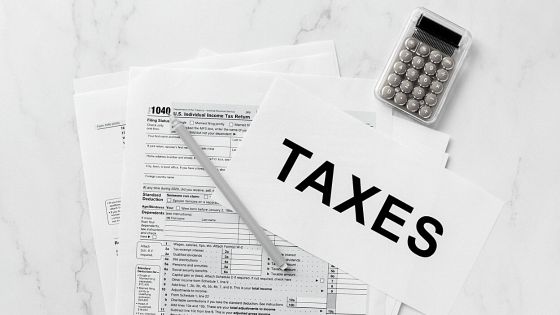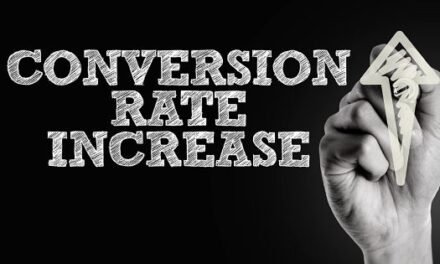As tax season approaches, many individuals feel pressured to optimise their finances while complying with tax regulations. The good news is that there are several strategies you can employ to minimise your tax burden without running afoul of the authorities.
Understanding the intricacies of tax laws can be daunting, but with the right approach, you can significantly reduce the amount you owe at the end of the financial year.

In this article, we will explore top tips to guide you towards a smooth and stress-free tax season, enabling you to maximise your income, fulfil your civic duty, and maintain peace of mind.
Know the Tax System
The Australian tax system can be complex, but a comprehensive understanding of it will go a long way in minimising your tax burden.
Familiarise yourself with the Australian Taxation Office (ATO) tax brackets and rates. The current tax brackets and rates for the financial year are as follows:
| Taxable Income | Tax Calculation |
|---|---|
| 0 – $45,000 | 15c for each $1 |
| $45,001 – $120,000 | $6,750 plus 32.5c for each $1 over $45,000 |
| $120,001 – $180,000 | $31,125 plus 37c for each $1 over $120,000 |
| $180,001 and over | $53,325 plus 45c for each $1 over $180,000 |
These rates do not include the 2% Medicare Levy, which applies to most taxpayers. To calculate your income tax, follow these steps: determine your annual gross income, subtract any deductions or expenses you can claim to obtain your taxable income, and use the tax brackets to determine the appropriate tax rate.
Understanding deductions and maintaining accurate records is crucial for reducing your tax burden.
Get More Out of Your Deductions
One effective way to minimise your tax burden is by maximising deductions. Pay close attention to work-related expenses that may be deductible, such as home office expenses, professional development courses, work uniforms, and travel expenses for work-related trips.
Keep detailed records and receipts to support your claims, and only claim expenses directly related to your work, not personal costs.
Additionally, consider claiming deductions for charitable donations made to registered charities throughout the year. Ensure the charity is eligible for tax-deductible donations, and keep donation receipts as proof for your tax return.
Be aware that volunteer work or donated goods are not eligible for tax deductions. Maximising deductions through work-related expenses and charitable donations can significantly reduce your tax burden.
Take Advantage of Tax Offsets
Use tax offsets to further minimise your tax burden. The Australian Taxation Office (ATO) provides Low and Middle-Income Tax Offset (LMITO) for eligible individuals.
Here’s what you need to know:
- The offset can amount to up to $1,080 for taxable incomes below $126,000.
- To claim the LMITO, you need to be an Australian resident for tax purposes and have a taxable income below $126,000.
- The offset amount varies based on income brackets, so understand the thresholds and eligibility criteria.
- Seniors and pensioners may also be eligible for the Seniors and Pensioners Tax Offset (SAPTO). The SAPTO thresholds and offsets differ for singles, married couples, and individuals with illness-related separations.
- Calculate your eligibility based on your taxable income and consult the ATO guidelines to claim these offsets effectively.
Think Carefully About Investments
Make smart investment decisions and plan strategically to minimise your tax burden. Consider negative gearing when investing in property, where the income generated by the investment property is less than the expenses incurred in holding the property.
This allows you to offset the loss against your other income, reducing your taxable income. Conduct thorough research, seek expert taxation advice, and regularly review your property portfolio to maximise the benefits. Consider capital gains tax (CGT) when selling investment properties or shares.
Holding an asset for over 12 months entitles you to a 50% discount on your CGT liability. Plan the sale of assets during low-income years, time the sale to qualify for the discount, and consider transferring assets to family members with lower marginal tax rates.
Lastly, effective retirement planning can also reduce your tax burden. Contribute to your pension through salary sacrifice or personal deductible contributions taxed at a concessional rate of 15%.
Stay within the annual concessional contribution cap and review your contributions annually to optimise your retirement planning strategy.
Employ a Professional
Consider hiring a tax agent to assist with your taxes. A tax agent has the expertise to identify potential tax savings, navigate complex tax laws, and ensure accurate tax return lodgment.
Choose a qualified and registered tax agent authorised by the relevant tax authorities.
Discuss your specific needs and expectations before committing to a tax agent, and remember that their fees can often be claimed as a tax deduction.
Keeping accurate financial records throughout the year is critical for reducing your tax burden. Maintain organised records to track your expenses, meet tax deadlines, and provide evidence for claims.
Consider using software or working with a bookkeeper specialising in your industry to keep accurate records of income, expenses, and relevant tax documentation.
Regularly review and update your financial records to prevent errors and gain valuable insights into your financial health.
Key Takeaways
- Minimise tax burden and comply with tax regulations by following these top five tips.
- Understand the tax system to navigate the tax season effectively.
- Maximise deductions to reduce taxable income.
- Utilise tax offsets to further minimise the tax burden.
- Plan investments wisely, considering negative gearing and capital gains tax.
- Seek professional help from a tax advisor or financial professional.
- Consult a financial advisor to tailor strategies to your financial goals.
- Careful planning and implementation can lead to a smoother and more advantageous tax season






















